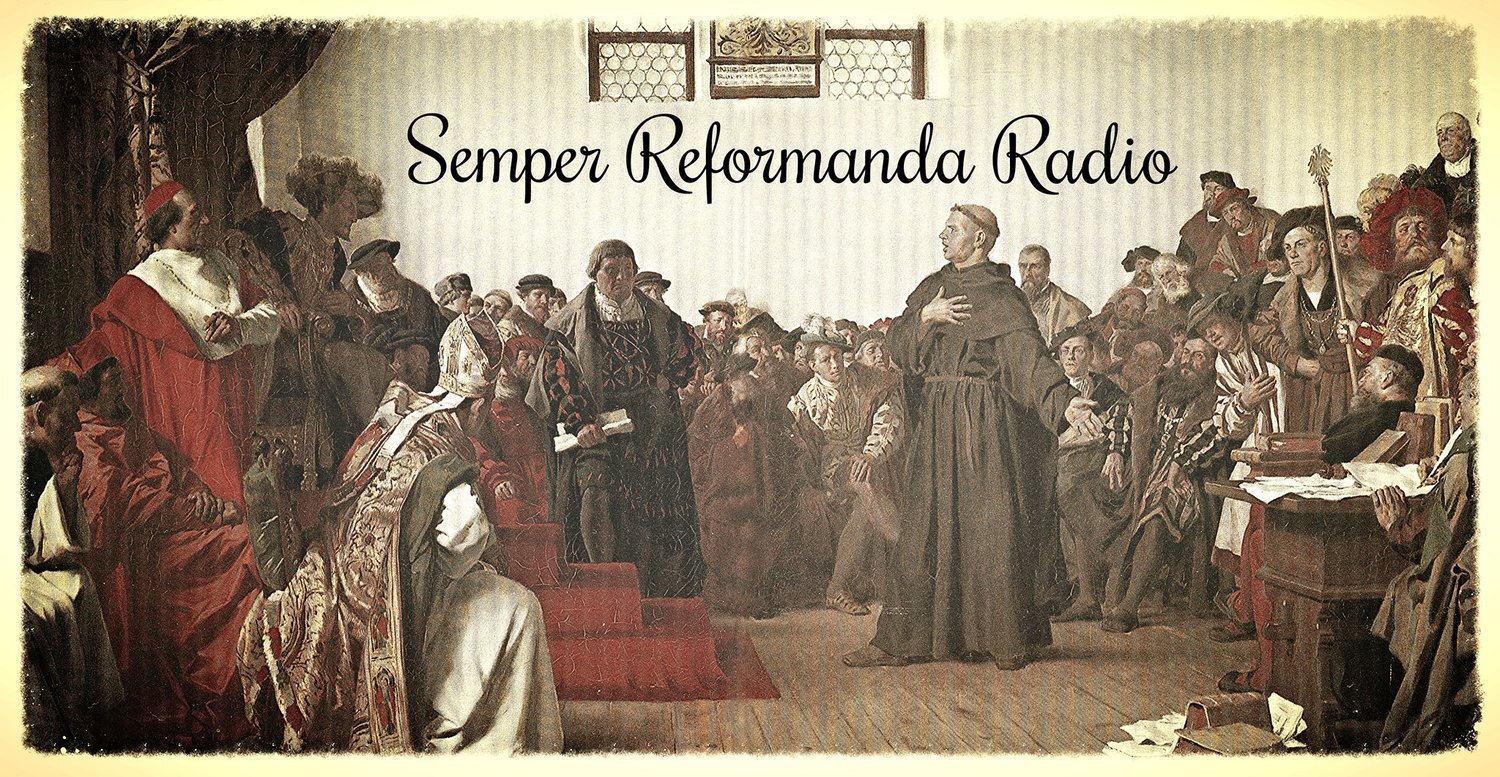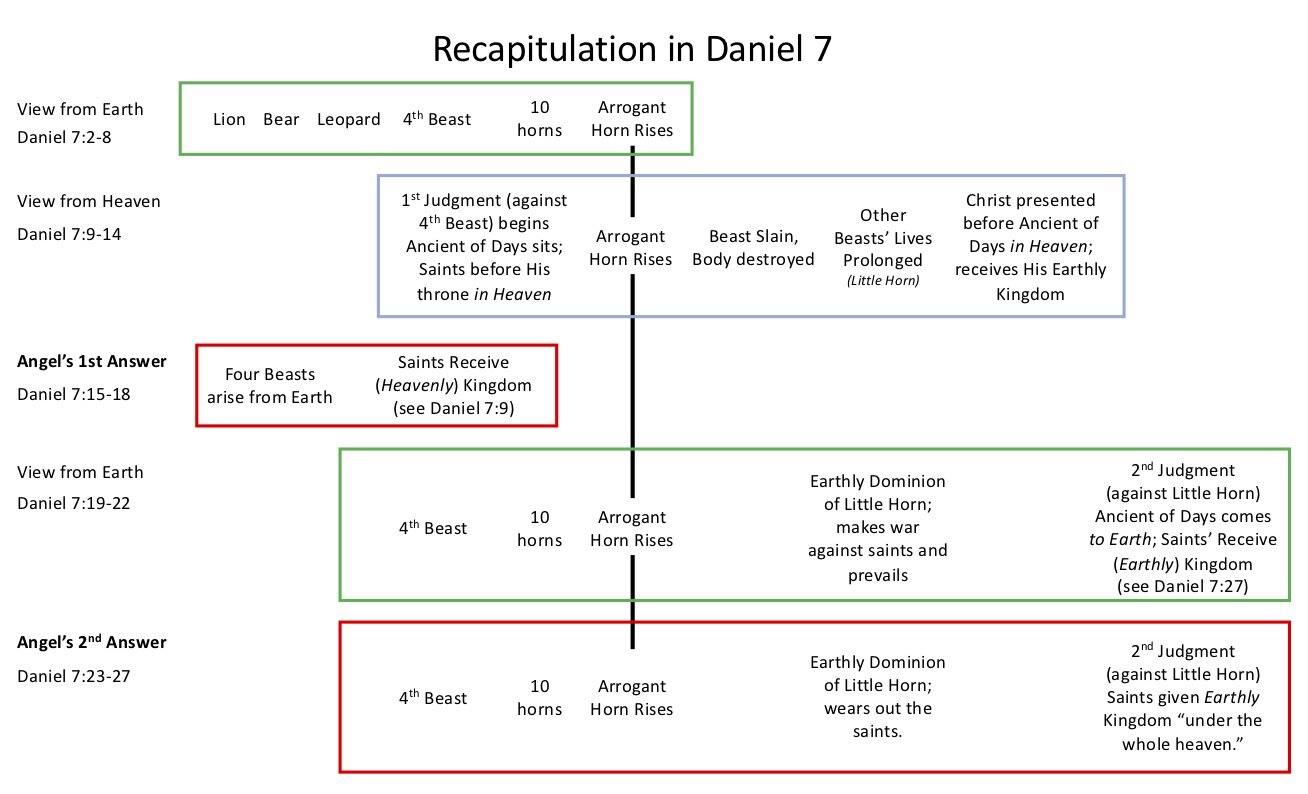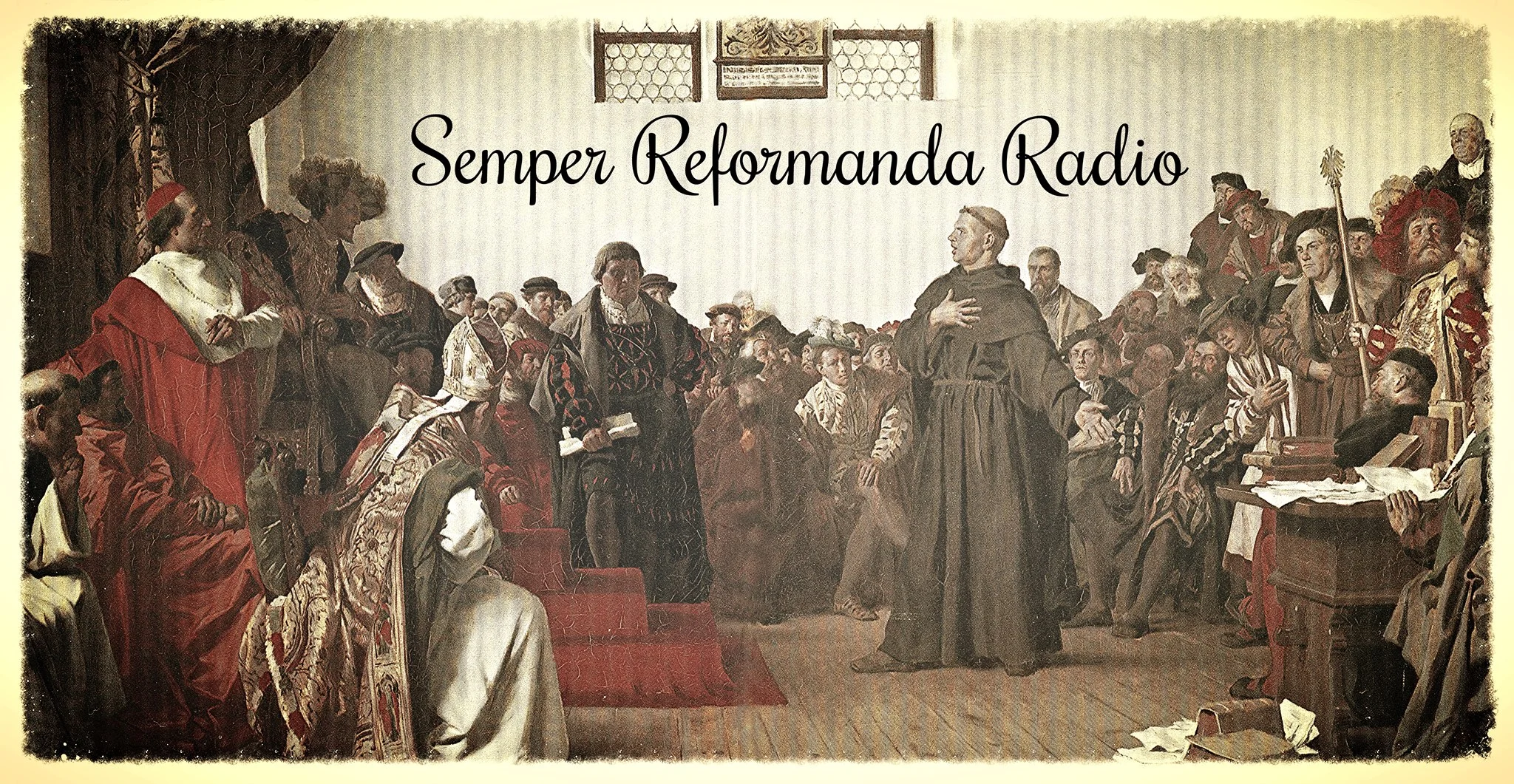In this episode, we review the Daniel 7 Chronology in order to show that the consistent theme of Christian eschatology from Daniel through Revelation is a Two Judgment paradigm. (This is not a reference to the Final Great White Throne Judgment of Revelation 20), but rather to the strikes of the Stone against the Statue in Nebuchadnezzar’s dream.
In the Two Judgment paradigm, a First Judgment is administered from Heaven against the Fourth Empire (Rome), destabilizing and fragmenting it to create the circumstances necessary for the rise of the Fifth Earthly Empire (the Little Horn of Daniel 7, the Sea Beast of Revelation 13), after which a second judgment is administered against that Fifth Empire (Roman Catholicism). These two judgments are consistently prophesied in scripture as
a First Strike of the Stone fragmenting the Iron & Clay Feet (Daniel 2:34) and a Second Strike of the Stone grinding all the empires to dust (Daniel 2:35,45), and
the Ancient of Days presiding over judgment from Heaven against the Fourth Beast (Daniel 7:9-11) and the Ancient of Days (Jesus) administering judgment on Earth against the Little Horn, and
the Lamb of God opening the Seals of the Scroll of Revelation 5 (which are targeted against the Roman Empire, as we will show next), and Jesus returning to destroy the Sea Beast and the False Prophet, casting them into the Lake of Fire (Revelation 19:11-21)
Under this Two Judgment construct, Christ and His saints receive a Heavenly Kingdom during the Fourth Empire, during which Christ opens the Seals of Revelation administering the initial Judgment from Heaven against the Roman Empire, creating the circumstances necessary for the rise of Roman Catholicism, the Fifth Empire. Then Christ and His Saints come to earth to execute the second Judgment on Earth against that Fifth Empire, Roman Catholicism, at which time the saints receive their earthly kingdom.
The profound simplicity of the Two Judgment paradigm is that in the Fourth Emipire, Christ and His saints receive a Heavenly Kingdom, and after the Fifth Empire, Christ and His saints receive an Earthly Kingdom. Roman Catholicism is that Fifth Empire, thus distinguishing clearly between Christ’s Heavenly and Earthly Kingdoms, and between Christ’s kingdom and Antichrist’s kingdom.
We have included a graphic depicting the Chronology of Revelation 12 (as an example of John’s use of recapitulation), and a graphic depicting Daniels use of recapitulation in Chapter 7, and finally a detailed graphic showing the Kingdom Chronology of Daniel and John.



























